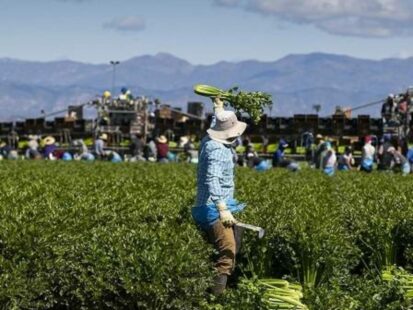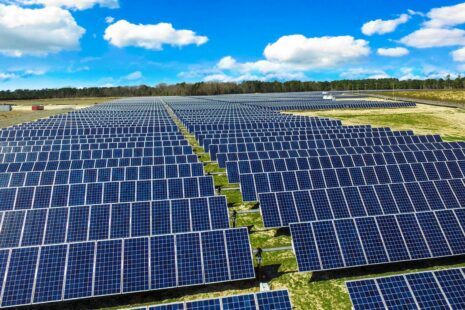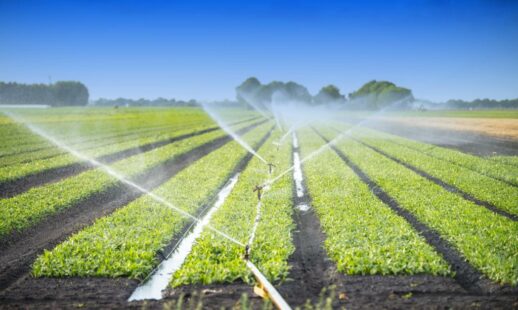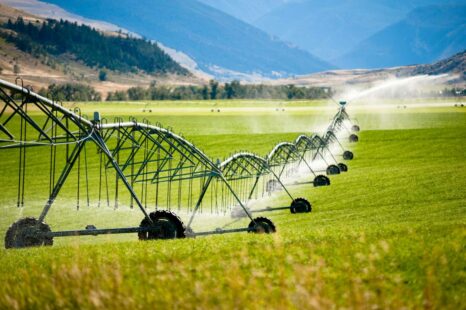
Labour shortage is a problem that is plaguing Australia ever since the onset of the pandemic. This is a crucial reason why the Australian government has decided to open its doors for ASEAN workers. In order to carry out this decision, the Australian Government will soon create a seasonal visa that allows these workers access into the country. David Littleproud, the Minister of Agricultural Affairs, clarified that this new endeavour was an effect of an abundance of negotiations with the UK. The outcome of these dealings for ASEAN workers allowed UK workers to skip working part-time in Australia in order to secure their second and third-year visas.
However, the new visa has come with certain conditions. As announced by the Minister, this new opportunity is the result of Prime Minister Scott Morrison agreeing in exchange for National Party support for the Australia-UK Free Trade Agreement. Even though the national unemployment rate stands at 5.5 per cent, with youth unemployment at 10.5 per cent, few locals are willing to fill rural Australia’s 200,000 job vacancies.
There is a visa quota for up to 25,000 Pacific Island workers under the Pacific Labor Scheme (PLS), but only 12,000 places have been taken up. The absence of the British backpackers, who must work a minimum of 88 days in exchange for extended visas, means the loss of another 10,000 workers, a problem exacerbated by the March 2020 closing of the Australian border because of the Covid-19 pandemic.
This is a historic announcement given the decades-long reluctance of successive government administrations to open the sector to Asian workers. Arguments that Asian workers will take Australian jobs have fallen away to the chronic rural labour shortage. Because of this move, farm owners should be relieved completely from their labour shortage woes for this particular harvest season.

As the number of solar farms in Australia grows, so does the controversy over heavy metals in solar panels and the difficulty of recycling them. Lynette LaBlack, a farmer in the Riverina region of southern New South Wales, has been questioning everyone who will listen with uncomfortable questions. She questioned Metka EGN regarding its solar […]
Read More →
Irrigation covers only 5% of Australia’s tilled agricultural land but delivers 30% of total agricultural output. Agriculture utilises 50-70 percent of Australia’s annual water use, with irrigation accounting for 90 percent of that. Regulations and licences govern the vast bulk of irrigated water use. Irrigators require a permit to draw specific amounts of water from […]
Read More →
How do you improve productivity and yield, while conserving precious water supplies? This is a question farmers across the globe have grappled with for decades, but a reputed company SupPlant is on a mission to provide them with the answer. The Israeli-based start-up is using agronomic algorithms, artificial intelligence and cloud-based technology to meet this […]
Read More →